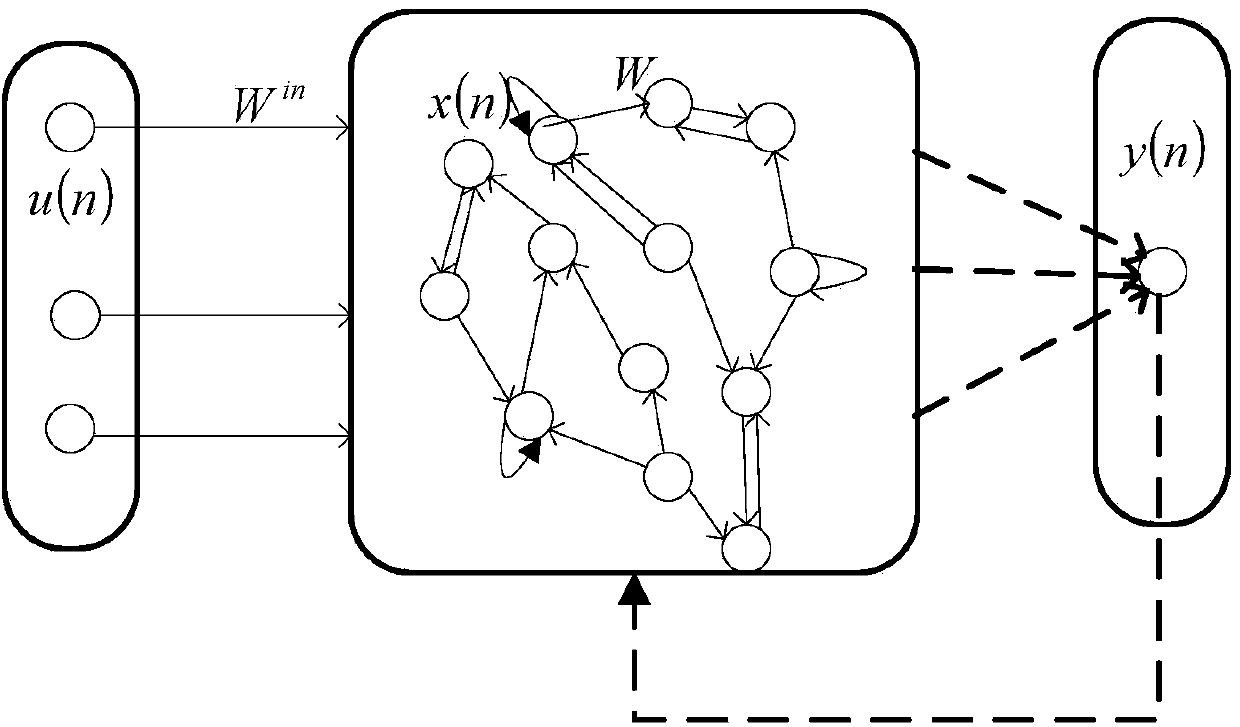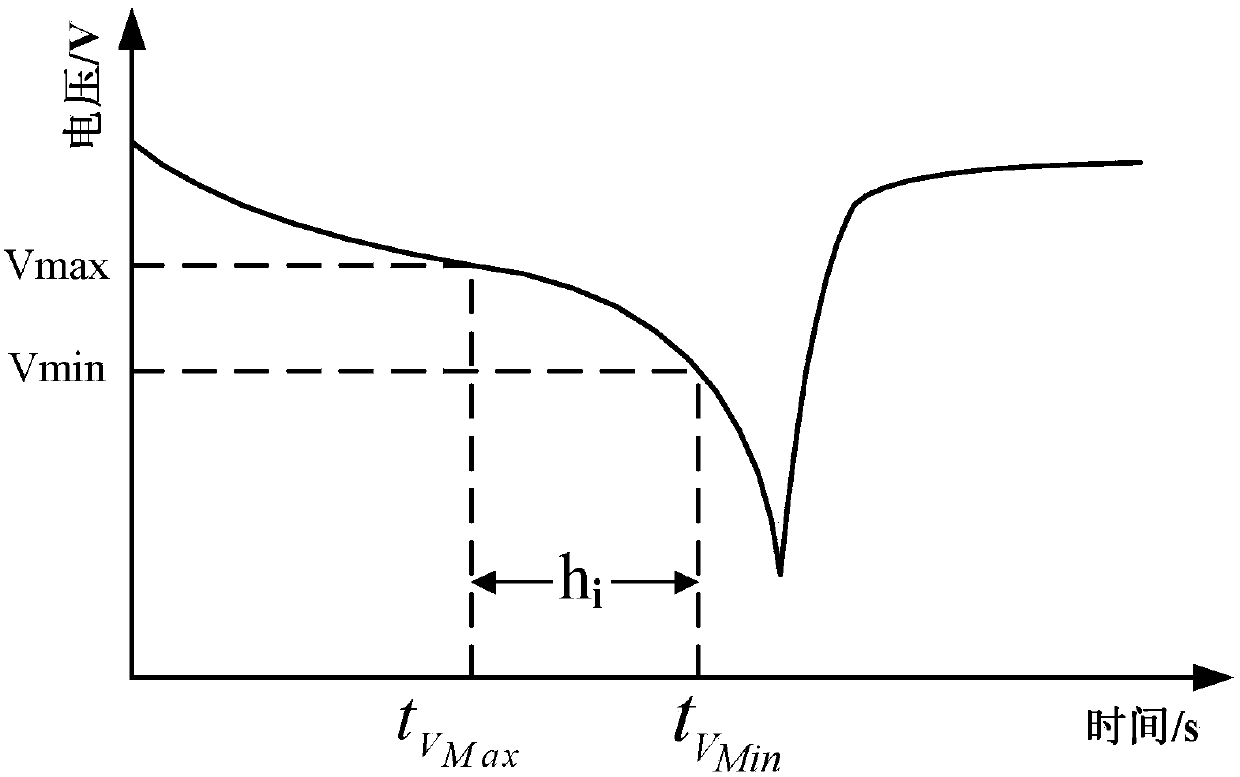Lithium ion battery remaining life indirect prediction method based on probability integration
A lithium-ion battery, probabilistic integration technology, applied in the direction of measuring electricity, measuring devices, measuring electrical variables, etc., can solve the problems of unmeasurable and unstable lithium-ion battery capacity.
- Summary
- Abstract
- Description
- Claims
- Application Information
AI Technical Summary
Problems solved by technology
Method used
Image
Examples
specific Embodiment approach 1
[0076] Specific implementation mode one: combine figure 2 with Figure 4 To illustrate this embodiment, the probabilistic integration-based indirect prediction method for the remaining life of lithium-ion batteries described in this embodiment includes the following steps:
[0077] Step 1, monitor the discharge time interval and discharge voltage during the discharge process of the lithium-ion battery, construct a time interval sequence of equal discharge voltage differences according to the discharge time interval and discharge voltage, and use it as the health factor HI for remaining life prediction;
[0078] Step 2, using the generalized linear regression model GLRM to describe the correlation between the HI constructed in step 1 and the lithium-ion battery capacity, the GLRM is the HI correlation model;
[0079] Step 3, using the GLRM in step 2 to estimate the failure threshold of HI, the failure threshold corresponds to the capacity;
[0080] Step 4, using the failure ...
specific Embodiment approach 2
[0097] Specific implementation mode two: combination image 3 Describe this embodiment. This embodiment is a further limitation of the probabilistic integration-based indirect prediction method for the remaining life of lithium-ion batteries described in Embodiment 1. In this embodiment, the method for constructing HI in step 1 is: Charge and discharge once, which is defined as a cycle. For all cycles, select a discharge voltage with a common interval. The maximum value of the common interval is Vmax, and the minimum value is Vmin. Calculate the voltage corresponding to this voltage interval in each cycle. time interval, the time interval is h i , the h of different cycles i Permutation, to obtain a sequence with a degradation trend and can reflect the degradation of battery life, the sequence is HI.
[0098] Such as image 3 As shown, after selecting Vmax and the minimum value of Vmin, for each cycle, record the time t corresponding to Vmax and Vmin respectively Vmax and ...
specific Embodiment approach 3
[0099] Specific Embodiment Three: This embodiment is a further limitation of the probabilistic integration-based indirect prediction method for the remaining life of lithium-ion batteries described in Embodiment 1. In this embodiment, the HI correlation model GLRM in step 2 is expressed as:
[0100] c i = β 0 +β 1 h i +β 2 ln(h i )+ε i
[0101] c i is the battery capacity of the i-th charge-discharge cycle, h i is the i-th element in the time interval sequence based on the equal discharge voltage difference, β 1 and beta 2 is the coefficient of the regression model, β 0 is a constant, ε i is the error term.
PUM
 Login to View More
Login to View More Abstract
Description
Claims
Application Information
 Login to View More
Login to View More - R&D
- Intellectual Property
- Life Sciences
- Materials
- Tech Scout
- Unparalleled Data Quality
- Higher Quality Content
- 60% Fewer Hallucinations
Browse by: Latest US Patents, China's latest patents, Technical Efficacy Thesaurus, Application Domain, Technology Topic, Popular Technical Reports.
© 2025 PatSnap. All rights reserved.Legal|Privacy policy|Modern Slavery Act Transparency Statement|Sitemap|About US| Contact US: help@patsnap.com



